Essential Trekking Preparations for Nepal: Get Ready for the Adventure of a Lifetime
Nepal trekking is still a dream for many people, especially with high hills like the Himalayas behind you. But to this end, preparing is crucial for enhancing the experience of such encounters. With the country's physical geography ranging from altitude to uneven landscape, as well as possible weather conditions, it is recommended that you prepare well so as to maximize your trek’s safety, enjoyment, and achievement.
Everything you need to know; from training your body to the necessary packing list is covered here to enable you prepare fully for your trek. Further more, we will go over how engaging the services of a well-established Nepal trekking company such as Dolpo Caravan makes a positive difference to Nepal treks preparation and how, when done responsibly, it may create the most wonderful trekking experience.
Understanding Nepal’s Trekking Terrain and Altitude Challenges
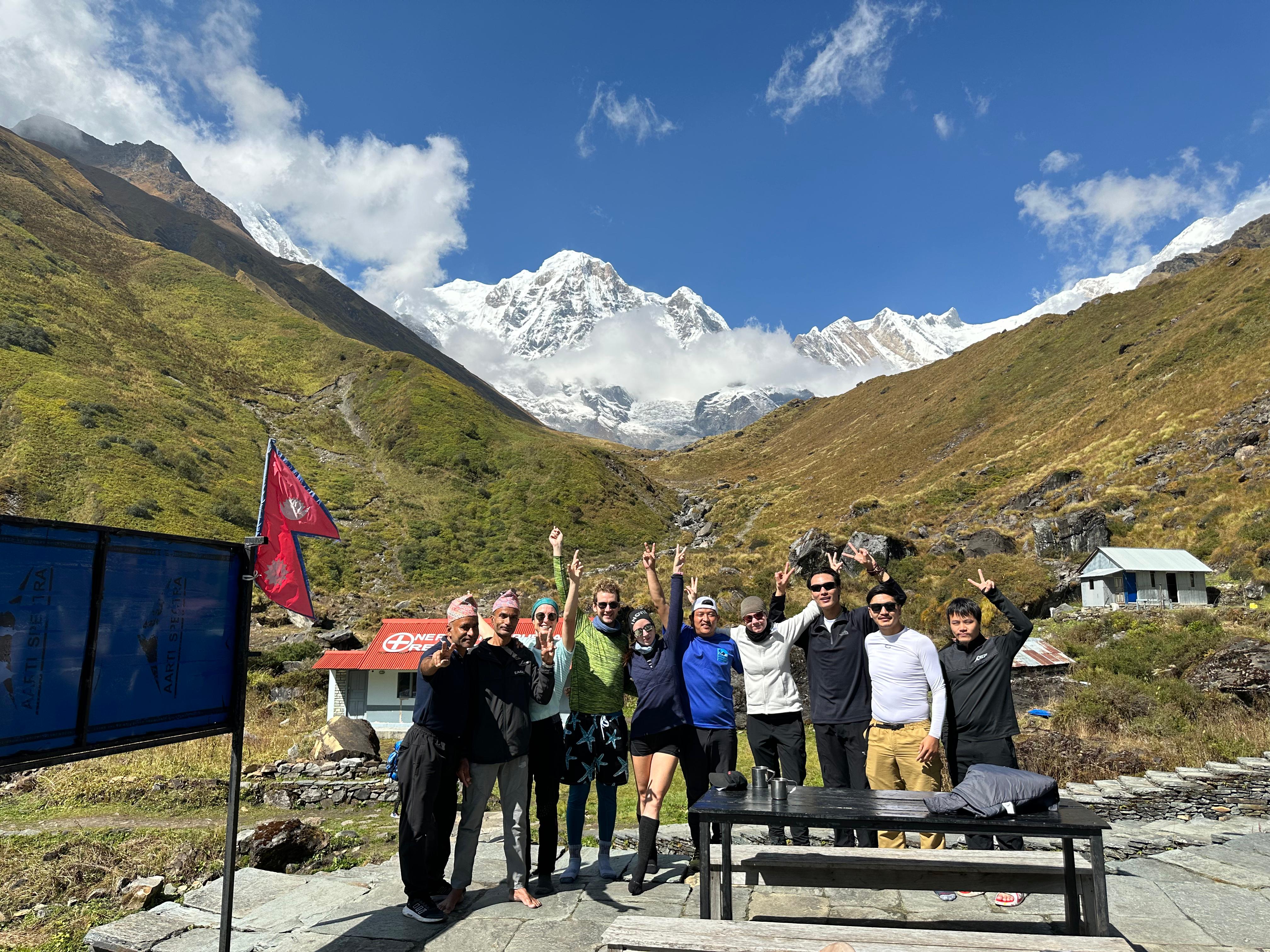
Before diving into your Nepal trek preparation, it’s crucial to understand what you’re getting into. Nepal’s trekking routes vary widely in terms of difficulty, altitude, and terrain, ranging from scenic lowland hikes to extreme high-altitude trails above 5,000 meters (16,404 feet). Routes like the Annapurna Base Camp Trek or the Everest Base Camp Trek take you into high altitudes, where thinner air, colder temperatures, and steep, rocky paths can be challenging.
Altitude Considerations: Altitude sickness, or Acute Mountain Sickness (AMS), is a common concern for trekkers in Nepal. High altitudes impact oxygen availability, which can lead to symptoms like dizziness, headache, and fatigue. It’s vital to incorporate altitude acclimatization into your trek plan.
Terrain Awareness: Nepal’s trekking routes vary from forested trails and river valleys to exposed alpine areas with little vegetation. Knowing the terrain of your chosen trek will help you prepare physically and mentally for what lies ahead.
Taking these factors into account is the first step toward preparing for trekking in Nepal, setting the stage for everything from physical conditioning to gear selection.
Recommendation Read: Trekking in Nepal: A Complete Guide
Physical Conditioning: Training Plan for Your Nepal Trek
A successful trek begins with physical fitness, so building stamina and strength is a key part of Nepal trek preparation. A training plan for your Nepal trek should ideally start 8-12 weeks before your departure, depending on your current fitness level. Let’s break down some of the most effective conditioning exercises:
Cardiovascular Training: Trekking often involves hours of steady, moderate-intensity hiking, sometimes at high altitudes. Conditioning activity for instance running, cycling and swimming prepares and orients a person to last for long while at a go. Cardio exercises should be done at least three times a week.
Leg and Core Strengthening: Strong legs and a stable core make trekking safer and less tiring. Focus on squats, lunges, and step-ups to build leg strength, and add planks and core exercises to enhance stability. Hiking or stair-climbing with a loaded backpack will also simulate the real trek experience.
Balance and Flexibility: Nepal’s rugged trails require balance and flexibility. Incorporate yoga or stretching into your routine to stay limber and improve your balance, which is crucial when navigating rocky paths.
Practice Hikes: If possible, get some real hiking experience on local trails, preferably with elevation gain and a loaded backpack. Practice hikes allow you to get comfortable with gear and terrain, and they give you a preview of trekking conditions.
Proper conditioning will make your trek much more enjoyable and help you avoid injury, giving you the stamina to fully enjoy Nepal’s breathtaking landscapes.
Featured Trip: Mugu Dolpo Trek
Gear Essentials: What to Pack for Trekking in Nepal
Packing the right gear is one of the most critical aspects of preparing for trekking in Nepal. The Himalayan climate can be unpredictable, so having gear that is versatile, lightweight, and durable will be beneficial. Here’s a rundown of what you’ll need:

1. Clothing
Base Layers: Comfortable and moisture control base layer set will prevent your skin from sweating and make you uncomfortable. Alternatives that are made from Merino wool or synthetic fabrics are recommendable.
Insulating Layers: Fleece or down jackets are essential for warmth, especially in high-altitude regions.
Outer Layers: A waterproof and windproof jacket is necessary for unpredictable weather. Waterproof pants can also be helpful.
Footwear: Invest in high-quality, waterproof trekking boots with ankle support. They should be broken in before your trek.
Accessories: You should wear gloves, beanies, and neck gaiters to help warm you up particularly when you are at lofty elevations. UV protected sunglasses are recommended when it comes to high altitude sun.
Read Our Blog, Trekking Gear in Nepal
2. Backpack and Sleeping Gear
Backpack: A 40-50L backpack with a comfortable harness and rain cover is typically sufficient for multi-day treks. Make sure it’s large enough for essentials without being too heavy.
Sleeping Bag: High-altitude treks often require a sleeping bag rated for temperatures as low as -10°C (14°F) or lower, depending on the season.
Other Essentials
Trekking Poles: Useful for balance and reducing strain on your knees during long descents.
Water Purification: A reliable water purification method, like a filter or purification tablets, is essential, as water sources may not always be potable.
First Aid Kit: Some key supplies should be carried at this location, these are; Altitude sickness medicine Fixing Materials like bandages and antiseptic cream, blister pad and Analgesic.
Portable Charger: Lighting is a problem since only a few places have electricity; having a portable charger for any electrical device can be a godsend.
Packing smart and light is the way to go, as you’ll want to avoid unnecessary weight while still being prepared for the elements.
Acclimatization and Hydration: Staying Healthy at High Altitudes
Acclimatization is key to reducing the risk of altitude sickness. Plan your trek with acclimatization days, especially on high-altitude treks like Everest Base Camp or Annapurna Circuit. Spending time at intermediate altitudes helps your body adjust gradually.
Follow the “Climb High, Sleep Low” Principle: Trekking to a higher elevation during the day and descending to sleep at a lower altitude helps the body acclimate faster.
Hydration: Drink plenty of water throughout the day to prevent dehydration, which can worsen altitude sickness. Aim for 3-4 liters of water daily.
Avoid Alcohol: Alcohol can worsen dehydration and increase the risk of altitude sickness, so it’s best avoided on the trek.
Taking the time to acclimate properly can make or break your trekking experience, so don’t rush your ascent, and stay attentive to your body’s signals.
Learning Trail Etiquette and Sustainable Practices
Nepal’s trails pass through fragile ecosystems and local communities, making it crucial to respect both nature and culture. Practicing responsible tourism will ensure that Nepal’s beauty and culture are preserved for future travelers. Here are a few ways to practice sustainability on your trek:
Follow “Leave No Trace” Principles: Avoid littering, and always carry waste with you until you reach proper disposal points. Bring a reusable water bottle to minimize plastic waste.
Respect Local Culture: The Himalayas are sacred to many Nepalese. Dress modestly, ask for permission before photographing people, and learn some basic Nepali greetings to show respect.
Minimize Firewood Use: Overall, firewood has been found to be scarce most of the villages that were studied. Do not light up fires, use stoves provided or transport spare environment friendly cooking devices.
By following these practices, you’ll leave a positive impact on the places you visit, enriching your own experience and contributing to Nepal’s long-term sustainability.
Featured Trip: Kanchenjunga Trek
Final Preparations
After ensuring the physical, logistical and ethical aspects the last component is readiness of mind. Trekking in Nepal is always fulfilling but it comes with challenges as will be observed from the narrative in this paper. Always be ready to have both the joy and the pain of your achievement journey.
Set Realistic Expectations: Treks in Nepal often involve long days of hiking, sometimes through rain, snow, or high winds. Approaching each day with flexibility and a positive attitude will make the experience more enjoyable.
Stay Open to New Experiences: Trekking in Nepal is not merely a bipedal locomotion, it is about involving with culture Trip. Speak to the people, practice Nepali language sometimes and try to understand the new way of living up in the Himalayan area.
Practice Mindfulness: Take moments during your trek to pause, breathe, and appreciate the beauty of the Himalayas. These moments of reflection can make the journey deeply fulfilling.
With the right mindset and preparation, you’ll be fully equipped to handle any challenge and enjoy every breathtaking moment Nepal has to offer.
FAQs
How should I prepare for trekking in Nepal?
Prior to trekking in Nepal, one needs to train, learn about affects of altitude, and know what equipment to bring. It is training that should aim at improving one’s cardiovascular fitness, leg strength and core strength. You will also need some of the items such as quality trekking shoes or boots, own sleeping bag, clothes in layers and altitude sickness medicine.
What should I pack for trekking in Nepal?
Key items include layered clothing (base, insulating, and waterproof layers), quality trekking boots, a comfortable backpack, a warm sleeping bag, trekking poles, water purification tablets, a first-aid kit, and high-energy snacks. A reliable backpack and rain cover are also essential, given Nepal’s variable weather.
Do I need to be fit to trek in Nepal?
Of course, some level of fitness is required to carry out the trekking activity in the mountains of Nepal particularly in high altitude treks. Cardiovascular endurance ability, leg strength of patients and core stability are the essential factors. There is consensus among most trainers that one cushion at least 8-12 weeks prior to the trekking exercise should be initiated with cardio, strength and practice hike.
How difficult is trekking in Nepal?
The difficulty of trekking in Nepal varies depending on the route. For example, the Everest Base Camp and Annapurna Circuit are moderate to challenging due to high altitudes and rugged terrain. Shorter treks like the Poon Hill trek are considered easier but still require good fitness and stamina.
How do I avoid altitude sickness while trekking in Nepal?
To reduce the risk of altitude sickness, ascend slowly, allow for acclimatization days, and stay hydrated. Following the “climb high, sleep low” rule and avoiding alcohol can also help. For added safety, some trekkers carry altitude medication like Diamox, but consult a healthcare provider before your trip.
What is the best time of year to trek in Nepal?
The best trekking seasons in Nepal are: autumn (September to November) and spring (March to May). During these months, the weather is typically clear and stable, with pleasant temperatures and excellent visibility, making them ideal for trekking.
Do I need a guide for trekking in Nepal?
There are some that can be done without a guide, though getting one is advisable for most of the ones in this list, especially when the hikes are high altitude or deep in the wilderness. That is why the use of a guide is always beneficial: it helps with directions, with getting used to the altitude, with exploring the culture, and makes the entire tour safe.
What permits are needed for trekking in Nepal?
For most trekking regions, including the Annapurna and Everest areas, you’ll need an Annapurna Conservation Area Permit (ACAP) or Sagarmatha National Park Permit and a Trekkers’ Information Management System (TIMS) card. These permits support conservation efforts and can be obtained in Kathmandu or Pokhara.
How long does it take to trek to Everest Base Camp?
The Everest Base Camp trek typically takes 12-14 days, including time for acclimatization. The trek can vary depending on weather, fitness level, and any additional acclimatization days you may need.
Can I trek in Nepal during the monsoon season?
Trekking during the monsoon season (June to August) is challenging due to heavy rainfall, muddy trails, and increased leech activity. However, areas in the rain shadow, like Upper Mustang and Dolpo, experience less rain and are good options for monsoon trekking.
What kind of insurance do I need for trekking in Nepal?
Travel insurance with high-altitude coverage is essential for trekking in Nepal. Make sure your insurance policy includes coverage for emergency evacuation and medical expenses, as trekking regions in Nepal are often remote with limited healthcare access.
Can beginners trek in Nepal?
Yes, there are beginner-friendly treks in Nepal, such as the Ghorepani Poon Hill Trek and Langtang Valley Trek, which are shorter and less physically demanding than higher-altitude routes. However, basic fitness is still necessary. And as for beginners, they are encouraged to prepare and consider guided trekking.

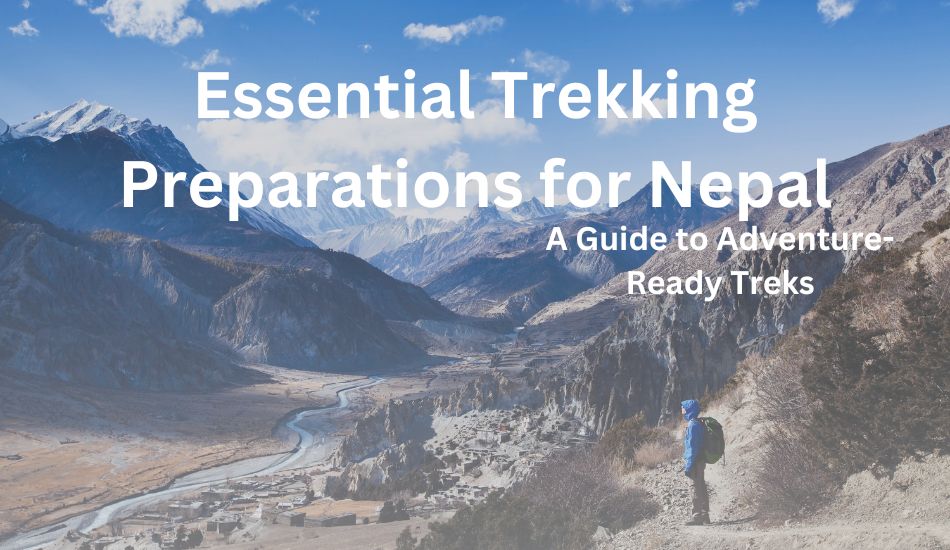
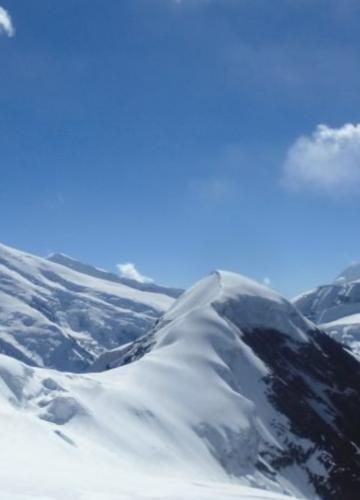
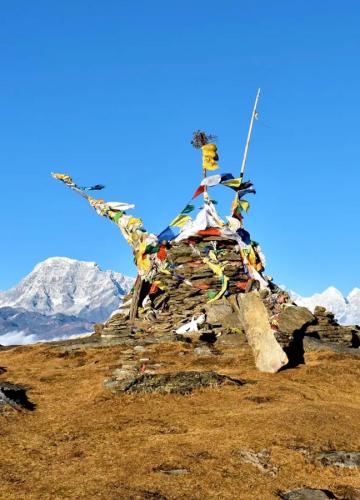
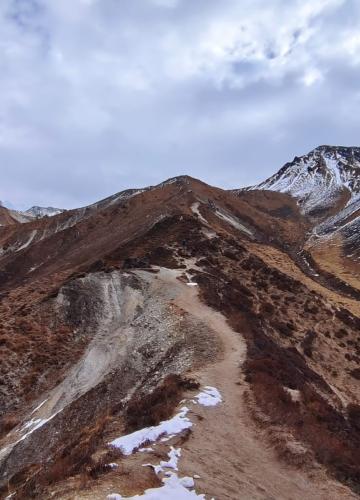
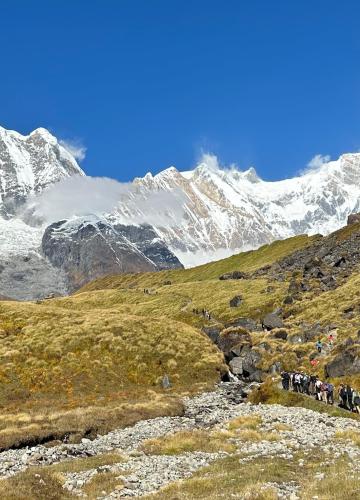
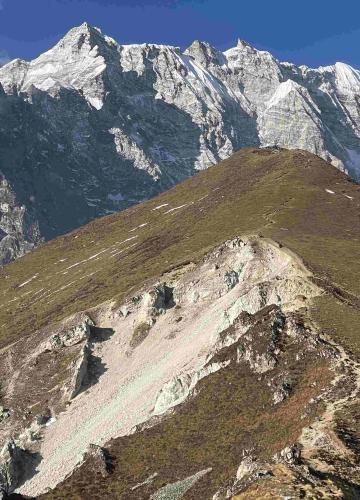
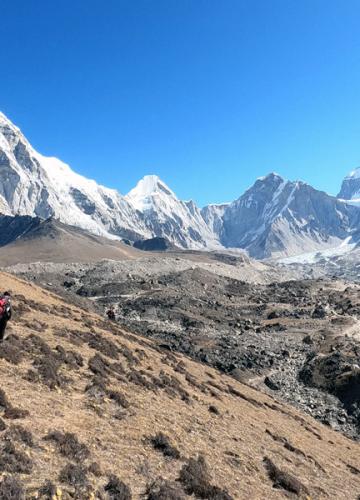

Leave Your Comment